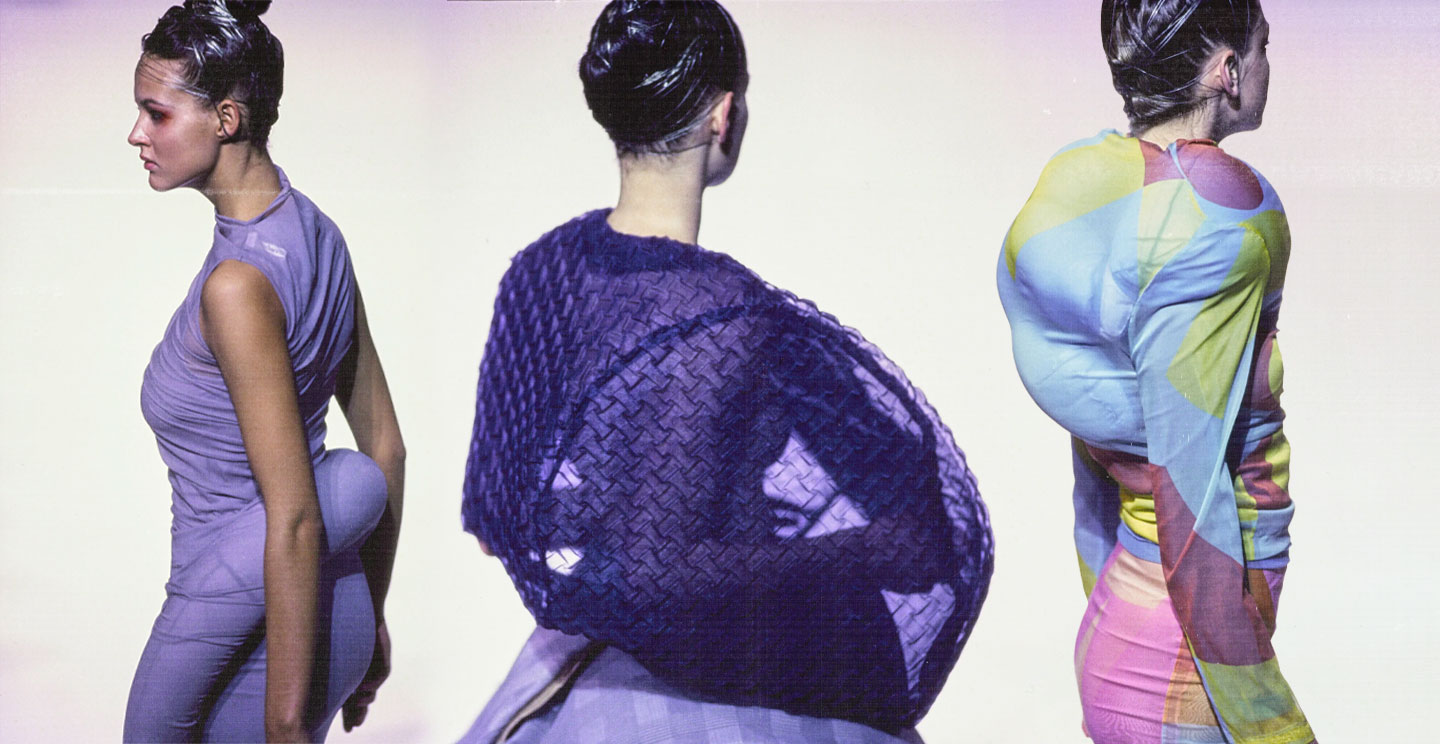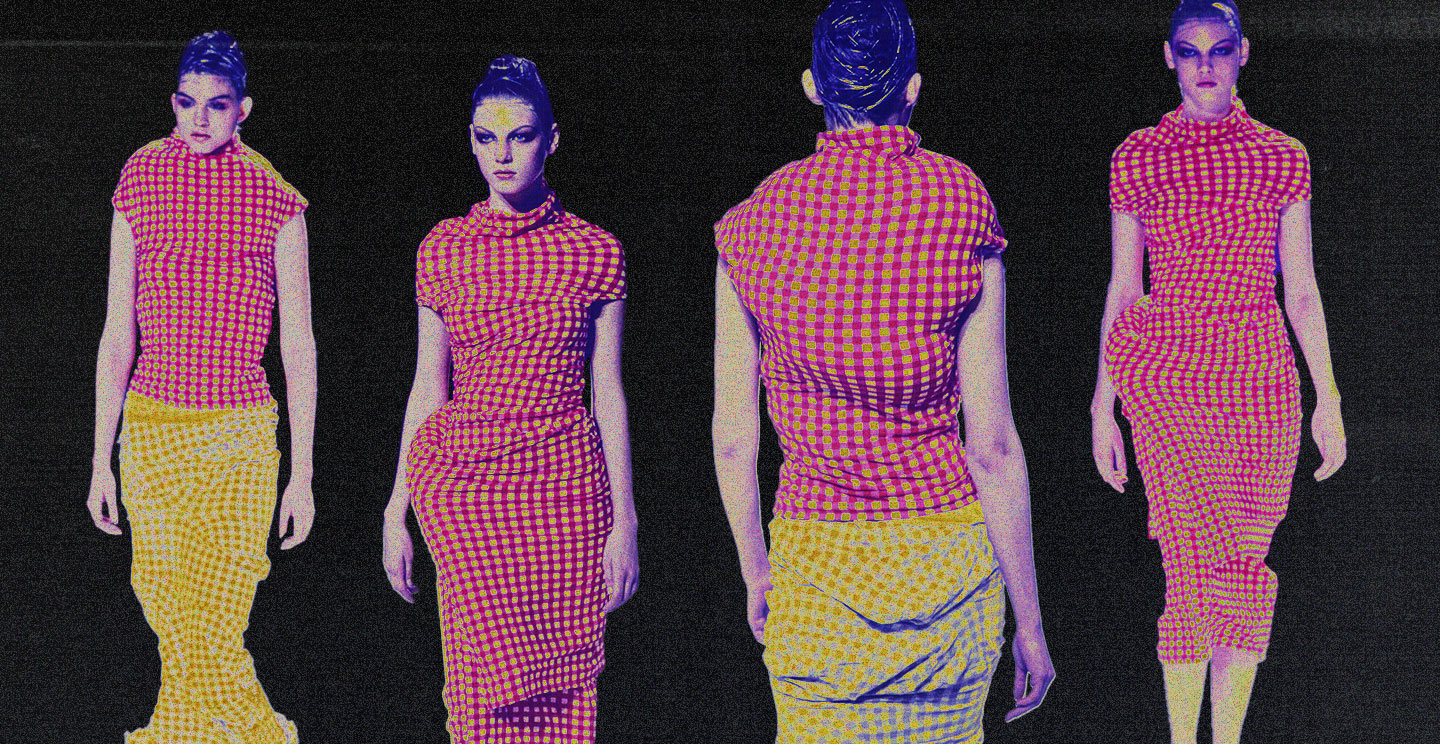You’ve been in line for twenty minutes. The woollen jumper and three winter coats you’re juggling grow heavier each second. By the time you make it to a changing room, you feel feverish and exhausted. The lights are hot. In the mirrored walls, you notice that pearls of sweat have formed on your brow and chin. As you undress, you’re surrounded by four versions of yourself staring back at you.
The dressing room experience is crucial to shopping and determines what we buy. It’s a moment that brings various emotions to the surface, depending on each person.
Excitement. Anticipation. Insecurity?
The nature of a dressing room can be confronting. A booth specifically designed for you to look at yourself. That said, the conditions are not always flattering.
But who decided that our sartorial existence must revolve around flattering our bodies? Since when was it of paramount importance for the fabric to hug only the right places, to enhance only the beautiful parts of us?
The 1990s saw a critique of the visual language of the 1980s, dismissing the golden era of sculpted bodies and hyper-glossy aspiration.
Rei Kawakubo is a designer who unmistakably helped pioneer this rejection of beauty standards. Kawakubo’s creations have never accepted the body as a limitation.

Her spring-summer 1997 Comme des Garçons collection, titled “Body Meets Dress, Dress Meets Body” – widely remembered as the “lumps and bumps” collection, presented a radical distortion of the models’ bodies.

The collection featured pieces with sewn-in pillowy appendages, bulbous protrusions, and sculpted silhouettes that taunted ideals of feminine seduction.
These abstract irregularities challenged the audience’s comfort, who were more accustomed to traditional standards of desirability.
“To make a form in which a woman looks pretty in the conventional way is not interesting for me at all” – Rei Kawakubo, founder and creative director of Comme des Garçons
Kawakubo also designed an aesthetically similar collection of costumes for American dancer and choreographer Merce Cunningham’s 1997 piece, Scenario.
She once said, “To make a form in which a woman looks pretty in the conventional way is not interesting for me at all.” Instead, she has regularly chosen to distort ideals of beauty through her transformative gaze.

Her stance remains just as refreshingly radical when it comes to mirrors in dressing rooms. When Rei Kawakubo opened her first Comme des Garçons boutique in Tokyo in 1975, there were no clothes in the window or mirrors inside. She wanted her customers to choose the clothes based on how they made them feel – not how they made them look.
After all, the brightness and position of the lights. The number and quality of the mirrors. All these elements come together to either enhance or distort the image that we have of ourselves.
The changing room experience is defined by us seeing ourselves – that is, its use of mirrors. Ceiling to floor? Nice frame? Dirty? How are we supposed to see ourselves clearly in a dusty mirror smudged with fingerprints?
Rei Kawakubo’s philosophy is that changing rooms should be about clothes. But they often reveal much more about our feelings towards our body than that woollen winter coat.

